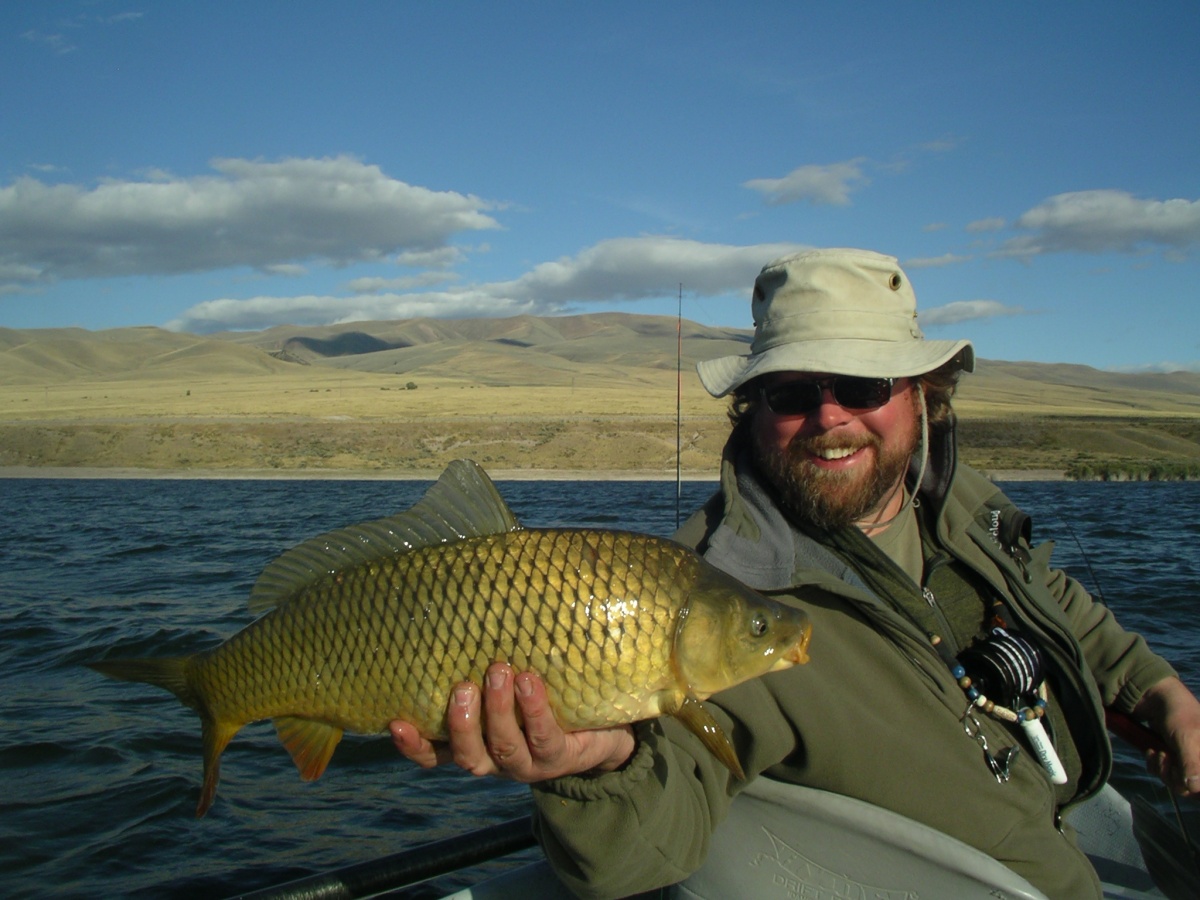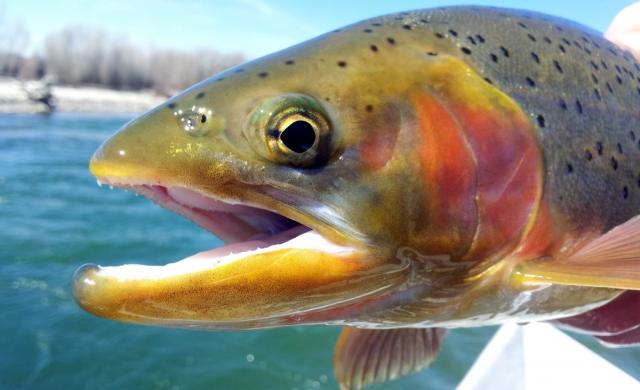Idaho Fisheries and Aquatics
The Columbia River and its tributaries are arguably the most significant environmental force in the Pacific Northwest region of the U.S. due to the anadromous fishery that includes federally listed Chinook and sockeye salmon and steelhead trout. For centuries, the Columbia River has been vital to the economy of the Pacific Northwest, specifically, the trade of commodities up and down the river and now, the production of electricity.
The rivers, streams, wetlands, ponds and lakes on public lands managed by the Bureau of Land Management in Idaho are home to a diverse array of fish that include native coldwater species, such as bull trout, westslope cutthroat, and Yellowstone cutthroat and non-native warmwater species, such as bluegill, smallmouth bass, and largemouth bass.
The majority of Idaho is part of the Columbia River basin, with the extreme southeast corner of the state lying within the Bear River watershed which drains into the Great Salt Lake. Elevations within Idaho range from a high of 12,662 feet at the summit of Borah Peak to a low of 710 feet along the Snake River near Lewiston.
A significant portion of BLM managed lands are located in the arid landscapes of southern Idaho. Many of the desert streams are home to native Columbia River redband trout and native minnows, including speckled dace and redside shiners. Although these streams get warm in the summer, fish find refuge in pools receiving cool groundwater.
Idaho may be best known for the anadromous fish found in the Snake River and its tributaries. Fall Chinook spawn and rear in the Snake River below Hells Canyon Dam, spring/summer Chinook and steelhead spawn and rear in rivers and streams in the Salmon River and Clearwater River subbasins. Sockeye salmon migrate through the lower Snake and Salmon Rivers on their way to and from Redfish Lake. The 425-mile Salmon River is the largest tributary of the Snake River and the longest free-flowing river in the lower 48 states.


